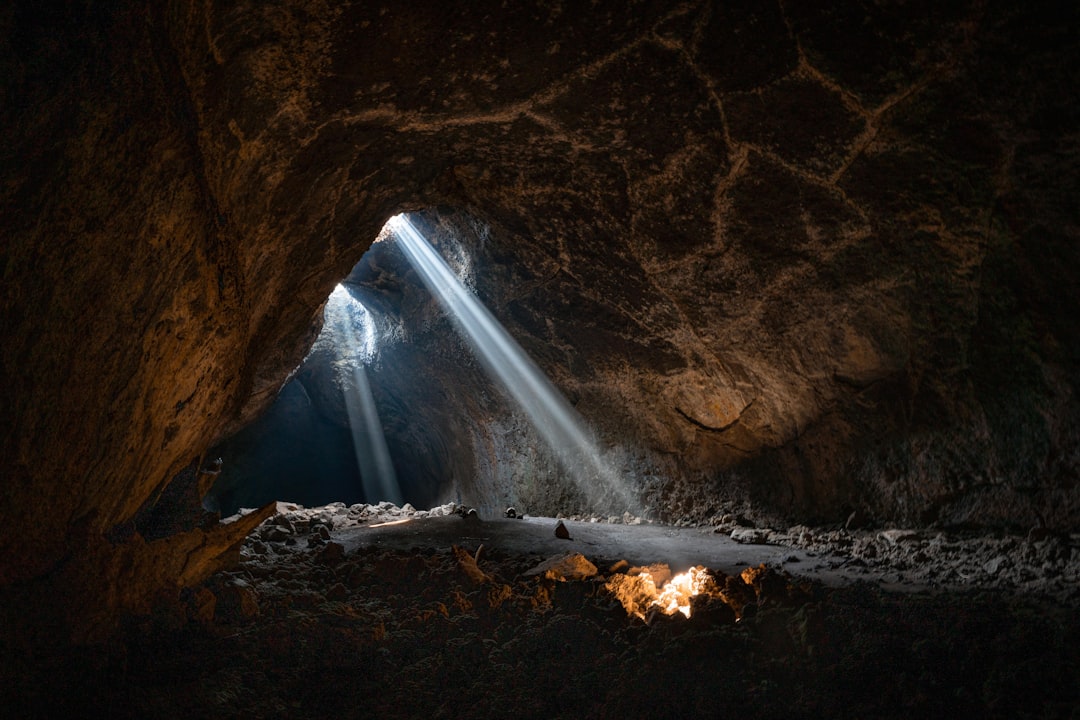What is it about?
Abundant, exquisitely preserved specimens of the enigmatic tubular microfossil Megathrix longus are reported from the early Cambrian Yanjiahe Formation in the Yangtze Gorges area. Studies of their morphology and taphonomy reveal that the inner cross-wall of Megathrix longus is topographically flat, the trichome terminus is blunt and closed, and incomplete cross-walls are regularly intercalated between complete ones. The deformation of trichomes, as well as the corrugation of their cross-walls, are postmortem features caused by compaction, rather than biological features as previously interpreted. Statistical analysis indicates that chamber division is accomplished by the closure of incomplete cross-walls. This process, which contributed to trichome growth, is extremely similar to that of modern Oscillatoriaceae. Trichome fragmentation was also observed in a series of specimens, which closely resembles that of cyanobacteria, particularly the Oscillatoriaceae. The termini of Megathrix longus suggest that it was planktonic. In general, Megathrix longus bears a close affinity to the extant Oscillatoriaceae (Cyanophyta).
Featured Image
Why is it important?
Statistical analysis indicates that chamber division is accomplished by the closure of incomplete cross-walls. This process, which contributed to trichome growth, is extremely similar to that of modern Oscillatoriaceae.
Perspectives
https://www.researchgate.net/publication/282842724_Ecology_and_phylogenetic_affinity_of_the_early_Cambrian_tubular_microfossil_Megathrix_longus
Mr Xiaodong SHANG
University of the Chinese Academy of Sciences
Read the Original
This page is a summary of: Ecology and phylogenetic affinity of the early Cambrian tubular microfossilMegathrix longus, Palaeontology, October 2015, Wiley,
DOI: 10.1111/pala.12201.
You can read the full text:
Contributors
The following have contributed to this page










